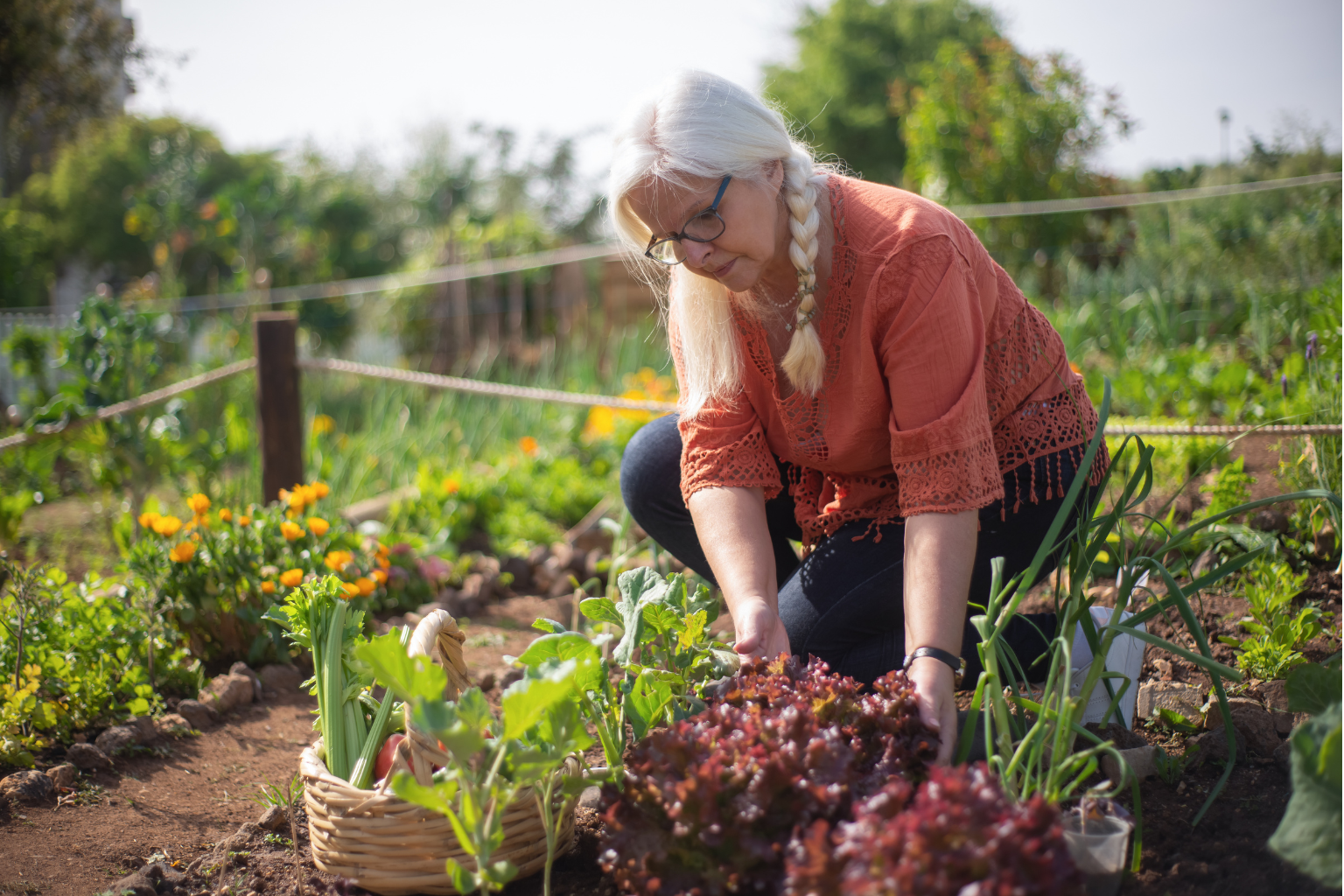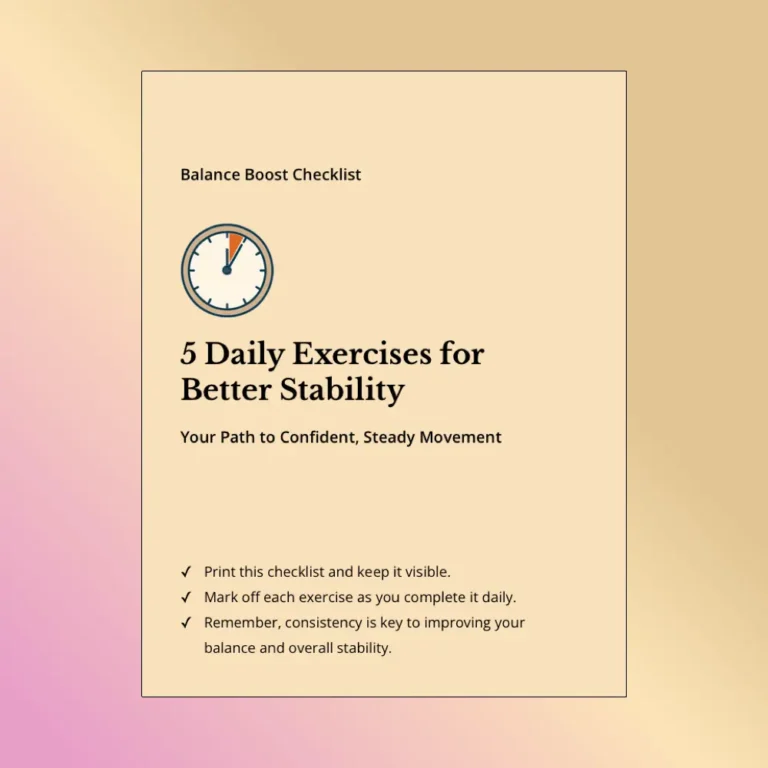
Highlights

Gardening for seniors is more than just a hobby; it’s a gateway to wellness, a canvas for creativity, and a peaceful retreat. Beyond the health benefits of gardening, it’s also a meaningful way for seniors to stay active while enjoying nature. Whether it’s light gardening in a small herb garden, exploring adaptive gardening techniques, or maintaining larger garden spaces, every gardening experience can be tailored to individual needs. Creating a senior-friendly garden that’s safe for older adults requires thoughtful planning, accessible gardening practices, and guidance from your local garden center to help choose plants wisely. This guide offers practical senior gardening tips and advice on how to ensure a safe, thriving garden that supports elderly individuals, so they can enjoy all the joys of gardening without the worries that often come with traditional gardening methods.
A well-designed garden can really boost the quality of life for seniors. Being in nature has been linked to better mental health, less stress, and even more physical activity. Research shows that gardening offers seniors a way to reduce symptoms of depression and anxiety, while also helping people feel more connected to their community. The simple act of caring for plants encourages movement, which helps older adults maintain their mobility and strength.
When you’re designing a garden with seniors in mind, safe gardening, accessibility, and easy maintenance should be your top priorities. You want to create a garden space that’s not only beautiful but also practical and easy to get around. Some age-friendly landscaping ideas include:
Choosing the right plants is really important for a low-maintenance garden. Go for perennials that come back year after year, so there’s less need to replant. Here are some plants that require minimal care that work great for senior gardeners:
Think about how your garden is arranged to make gardening easier. Group plants like herbs and flowers based on how much water and sunlight they need, and use raised beds so there’s less bending and stretching. Container gardening offers flexibility, allowing for easy access and the ability to move plants around the garden space.
Use self-watering systems or drip irrigation to reduce the need for constant watering. Container and indoor gardening give you flexibility in where you place your plants and can be adjusted as mobility needs change over time. Gardening is a low-impact activity that can be adapted to meet the needs of older gardeners.
Paths should be wide enough for walkers or wheelchairs—about 36 inches is good. Use materials that don’t get slippery, like textured pavers or gravel, to create a safe walking surface. Try to keep paths straight and avoid sharp turns to make gardening more accessible for seniors.
Good lighting is a must for staying safe, especially in the evening. Solar lights along walkways not only help people see where they’re going but also look nice. Think about getting motion-sensor lights that turn on when someone comes near, so there’s no need to fumble for switches in the dark.
Regular upkeep is key to preventing falls and accidents. Keep paths clear of debris and overhanging branches, and check regularly for loose stones or uneven spots that could cause a gardener to trip. Gardening safely means being aware of these gardening challenges and addressing them proactively.
Raised garden beds are a great choice for seniors because they’re easier to reach without having to bend down as much. They also improve how soil drains and its quality, since you can fill them with the perfect soil mix for whatever you want to grow. Gardening helps older adults stay active while reducing physical strain.
When building raised garden beds, think about the height—around 30 inches is ideal—so people can garden comfortably while standing or sitting. Use materials that won’t rot easily, like cedar or composite, to make sure they last. Keep the width to no more than 4 feet so senior gardeners can reach plants from either side.
Look into vertical gardening techniques to make the most of your space and make gardening more accessible. Hanging planters or wall-mounted pots can be both practical and pretty. You might also try using containers to create gardens that can be moved around as needed. Container gardening or raised beds are especially beneficial for seniors with limited mobility.
Adding comfortable places to sit throughout the garden is really important for outdoor gardening. Senior-friendly furniture made from materials that can handle the weather provides much-needed rest spots. Look for benches with backs and armrests, which make it easier for older adults to sit down and get back up.
Try to include garden features that engage all the senses in your garden space. Wind chimes add beautiful sounds, while aromatic herbs like rosemary or mint provide wonderful scents. Plants with interesting textures invite touch, creating a rich sensory experience that can be especially helpful for people with cognitive decline.
Design spaces that make it easy for family and friends to gather and interact. Consider group gardening activities or seating arrangements that make conversation easy, helping to build a sense of purpose and belonging. Many senior communities now offer community garden spaces where seniors can enjoy the joys of gardening together.
What are some low-maintenance design principles?
Low-maintenance design principles include picking hardy plants that don’t need much attention, setting up self-watering systems, and creating simple layouts that don’t require a lot of upkeep. Schedule gardening sessions during cooler parts of the day and wear gardening gloves and sunscreen to make gardening enjoyable.
How can I create safe pathways in my garden?
Start by planning wide, straight paths made from materials that won’t get slippery. Make sure there’s good lighting and do regular maintenance to get rid of any hazards. Garden carts can help transport tools and supplies, reducing the need to carry heavy items.
What are the best raised garden options for seniors?
Raised garden beds and vertical gardens are ideal because they’re easier to access and reduce strain. Containers are also good because they offer flexibility. Adapting gardening spaces to accommodate physical limitations ensures that seniors can continue to cultivate their green thumb safely.
Creating a senior-friendly garden isn’t just about making it visually appealing; it’s about creating an environment that fosters independence, well-being, and joy. The benefits of gardening for seniors extend far beyond aesthetics; it also helps reduce stress, keeps the mind sharp, and provides seniors with meaningful gardening tasks that foster a sense of purpose. With thoughtful design that focuses on safe gardening and accessibility, you can transform your garden space into a sanctuary for senior living. By using the gardening tips for seniors in this guide, you’ll not only make your garden more beautiful but also ensure it’s a safe place for everyone who uses it.
Take some time today to look at your own outdoor space. What changes could you make to improve accessibility? Planning a garden that accommodates the needs of older adults, with the right gardening tools, support from a caregiver if needed, and strategies for simple tasks like how to weed, can provide a sense of accomplishment and nurture a lifelong love of gardening. After all, gardening remains one of the most rewarding pastimes, and gardening is important in helping seniors stay active, connected, and fulfilled.
For more information and resources on gardening for older adults, check out articles on gardening tips for seniors and ideas for a safe backyard garden. Together, we can create gardens that not only look beautiful but also provide the emotional benefits of gardening for those who tend them.
